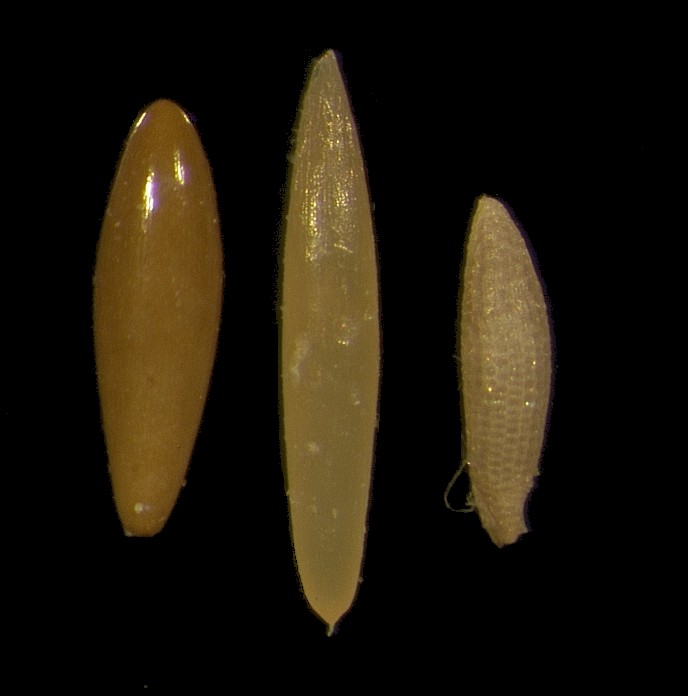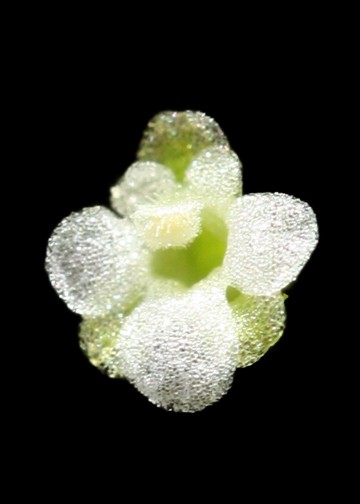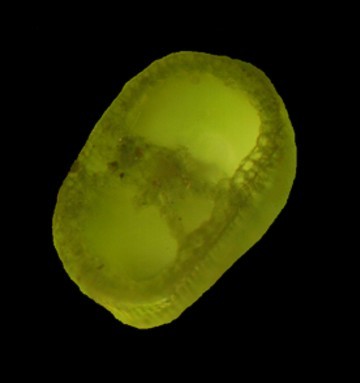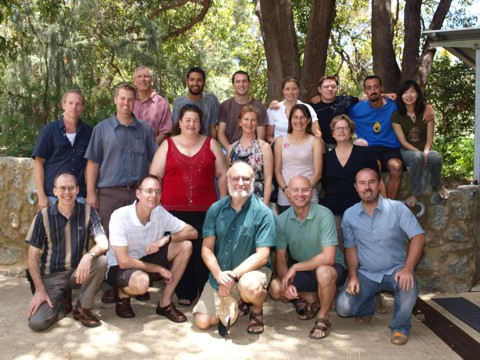|
|
|
|
Looking for Najas in a Louisiana cypress swamp |
An Everglades 'gator watches as we search for aquatic plants |
Eriocaulon plants with some visiting insects |
 |
 |
 |
 |
|
Male spathe of Vallisneria natans (photo by Lei Chen) |
Seeds (left to right) of Najas flexilis, N. muenscheri, N. guadalupensis |
A rare chasmogamous flower of Glossostigma cleistanthum |
Nymphaea 'William
Phillips',
the
world's
first
intersubgeneric
hybrid waterlily |
Leaf x-section of Glossostigma cleistanthum |
| Aquatic plants are
of interest to systematic biologists because
many of the groups are quite ancient, exhibit
extreme plasticity and reduction in form, and
generally have been poorly studied. We
reconstruct the evolutionary history
(phylogeny) of aquatic plants using a
combination of morphological and molecular
(DNA sequence) data, which facilitates their
evolutionary study. Results of our
research are used to improve the taxonomy of
various aquatic plant groups. Some of
our past and present projects have included: |
|
|
|
 2009 workshop on seagrass dispersal (Perth, Australia) |
I also am the director of the CONN herbarium, which houses the department's collection of plant specimens used for research, teaching and outreach. These collections include fossil plants, nonvascular plants, algae, and fungi as well as flowering plants (angiosperms). |